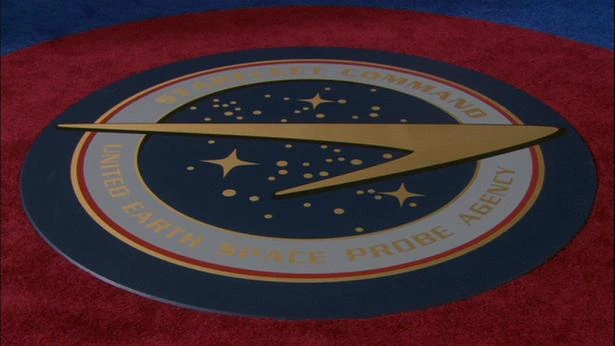Doctor Who had a planet called Vulcan back in 1966 too but it was called earth colony Vulcan and according to the Radio Times of that week the story was set in the year 2020 so we have only four more years to get there before we become a separate reality!

JB
Err, so you still believe that all the invasions UNIT fought off in the '70s and/or '80s actually happened?

Anyway, that's another Vulcan that was portrayed as a hot planet and might have been intended to be the cis-Mercurian Vulcan rather than an extrasolar planet.
Also, you can't rely too much on the RT's dates for
Doctor Who's future-based stories. This is something I've picked up through the DVD commentaries in my recent rewatch -- all the stories had to have dates assigned for the benefit of the costume and scenery departments so they'd know what era to design for, but all the stories set in the future tended to use "2000" or the like as a catchall for "sometime in the distant future." So even stories that logically had to be centuries ahead were marked as c. 2000 as a placeholder, and the
Radio Times sometimes took that too literally.
Considering how much GR was influenced by Forbidden Planet it's possible that some sort of Federation or alliance of some form was in the back of his mind even though early on there are no refrences to it.
A work of fiction that posits an interstellar federation or alliance of planets isn't necessarily positing a multispecies alliance. There were plenty of SF works in the '40s, '50s, and '60s that were based in a rather imperialist mindset, with humans building vast empires across the stars and aliens, if they were present at all, tending to be comparatively backward, generally objects of anthropological study or outright conquest (often under the assumption that being conquered and culturally assimilated by humans would benefit them), or else once-advanced races that had long since destroyed themselves due to some fatal flaw.
Indeed, that seems to be the model
Forbidden Planet used. The United Planets appeared to be a strictly human civilization, probably consisting of Earth and its colonies. The Krell are the only aliens suggested to exist, and they're long-extinct.
Note that this is also what Franz Joseph's
Star Fleet Technical Manual implied -- that the Alpha Centauri Concordium of Planets, the United Planets of 61 Cygni, and the Star Empire of Epsilon Indii (sic) were human civilizations. The UP's flag was based on a swan (Cygnus), and the Star Empire's flag had an "EI" in the middle -- both suggesting human civilizations based in Western/European heritage, not Tellarites and Andorians as later postulated. So FJ's model seemed to be that the Federation was a collection of mostly human worlds with a few alien members here and there.
When Gene Coon coined the term "Federation," he may have had the same thing in mind, which is why it could be used so interchangeably with "Earth." It wasn't until "Journey to Babel" that we saw the UFP portrayed as a truly interspecies alliance, rather than as a human civilization with the Vulcans tagging along.
It's easy to rationlize some references to "Earth ship" (singular or plural) as throwaay references in similar vein as people always do in conversation where they are not being consciously specific. It's a little different when it's referenced in an official ship's log where the recorder should be making an effort to be precise.
I thought rationalization after the fact was the thing you wanted to avoid. We're looking for evidence of what the original intentions of
Star Trek's creators may have been. And it's pretty clear that the early writers intended the
Enterprise to be an Earth ship, until Coon invented the Federation.
Thanks. Is that also instance #1 in production order?
I always favor production order, but "Arena" came first in airdate order as well.




